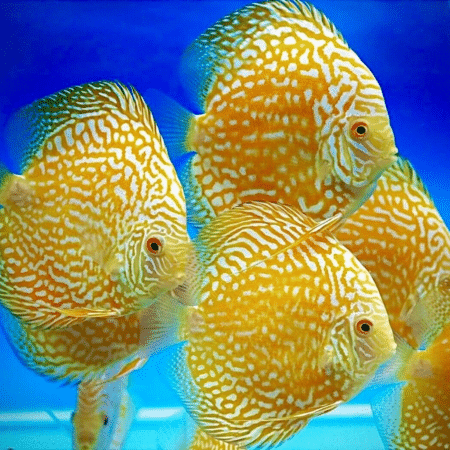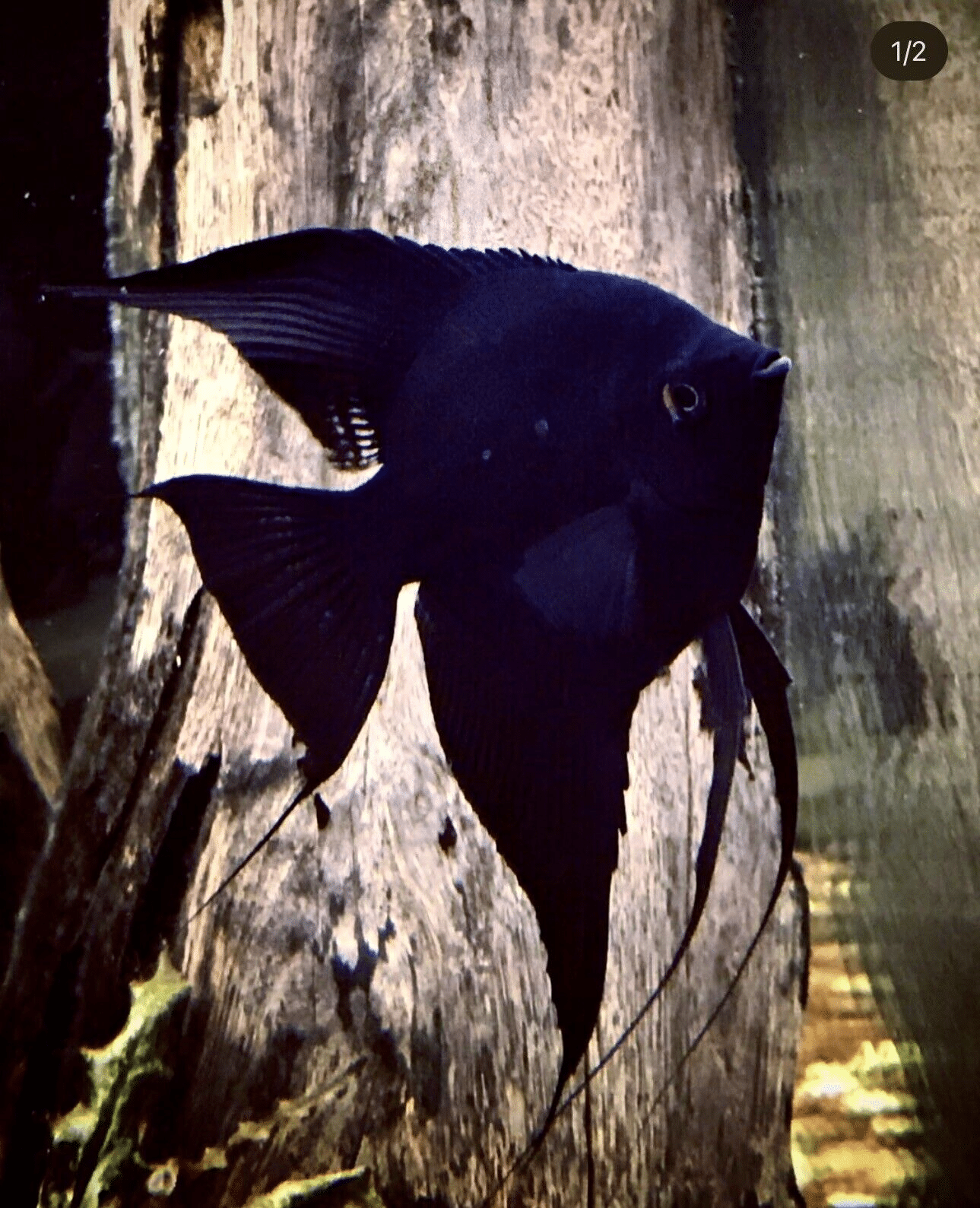-
×
-
×
-
×
-
×
-
×
-
×
-
×
Red Devil Cichlid Amphilophus Labiatus Size Around : A Captivating South American Cichlid for a Thriving and Visually Appealing Aquarium, Easy Care for New Aquarists and Experienced Keepers 2 × £12.57
-
×
-
×
2 X 2(2 FISH ) Peacock Snakehead - Channa Pulchra - Red Spotted Snakehead - Coloured Snakehead 1 × £77.00
-
×
Purple Vampire Crab - Geosesarma Dennerle - Decapod Crustacean 2 × £7.74
-
×
-
×
-
×
-
×
-
×
-
×
-
×
Subtotal: £795.94







 Red Devil Cichlid Amphilophus Labiatus Size Around : A Captivating South American Cichlid for a Thriving and Visually Appealing Aquarium, Easy Care for New Aquarists and Experienced Keepers
Red Devil Cichlid Amphilophus Labiatus Size Around : A Captivating South American Cichlid for a Thriving and Visually Appealing Aquarium, Easy Care for New Aquarists and Experienced Keepers 
 2 X 2(2 FISH ) Peacock Snakehead - Channa Pulchra - Red Spotted Snakehead - Coloured Snakehead
2 X 2(2 FISH ) Peacock Snakehead - Channa Pulchra - Red Spotted Snakehead - Coloured Snakehead  Purple Vampire Crab - Geosesarma Dennerle - Decapod Crustacean
Purple Vampire Crab - Geosesarma Dennerle - Decapod Crustacean 















Emily Carter (verified owner) –
I recently added a black angelfish to my 75-gallon community tank, and I couldn’t be happier with my decision! After about two weeks, this little gem has truly transformed my aquarium into a tropical paradise. Its striking appearance with those velvety black fins and graceful swimming style is mesmerizing. I’ve kept various types of aquarium fish, but the black angelfish stands out for its unique personality and beauty.
I really appreciate how it interacts with the other fish, showcasing a gentle yet curious nature. Unlike some cichlids I’ve had in the past that were quite aggressive, this black angelfish has been peaceful and social, making it perfect for a community setting. I do recommend providing plenty of hiding spots and plants for all your fish to thrive, as it seems to enjoy darting in and out of them.
Overall, if you’re a caring fish parent looking to enhance your aquarium’s aesthetic, I can’t recommend the black angelfish enough! Just keep in mind that they can grow quite large, so plan accordingly. I’m definitely considering getting a few more to create a lovely school. This purchase was worth every penny, and I look forward to sharing my experiences with fellow aquarists!
Emily Carter (verified owner) –
I recently added a few Black Angelfish to my 50-gallon community tank, and I couldn’t be happier! These elegant cichlids have completely transformed my aquarium. Their graceful movements and striking black coloration capture the light beautifully, creating a stunning visual effect. After about two months, I’ve observed their personalities blossom—each one has its unique quirks!
One thing I really appreciate is how well they get along with my other fish. I’ve had issues in the past with aggressive cichlids, but these angelfish have been calm and peaceful. They love to swim around the plants and driftwood, making them such a joy to watch. However, I did notice they can get a bit territorial during breeding season, so it’s good to keep an eye on them.
If you’re considering adding these exquisite angelfish to your setup, I wholeheartedly recommend it! They thrive best in a well-planted tank with plenty of hiding spots. Just make sure your water parameters are stable, and they’ll reward you with their beauty and charm. I purchased mine from a reputable online store, and they arrived healthy and ready to explore! This is definitely worth the investment for any fish lover!